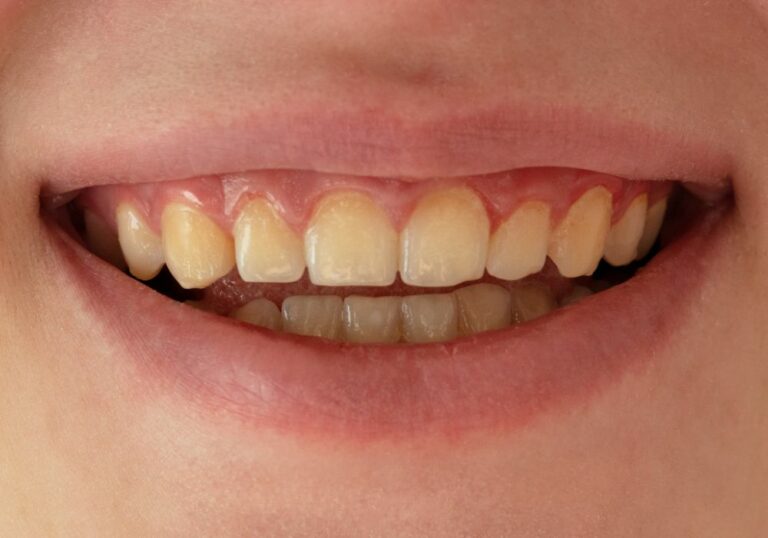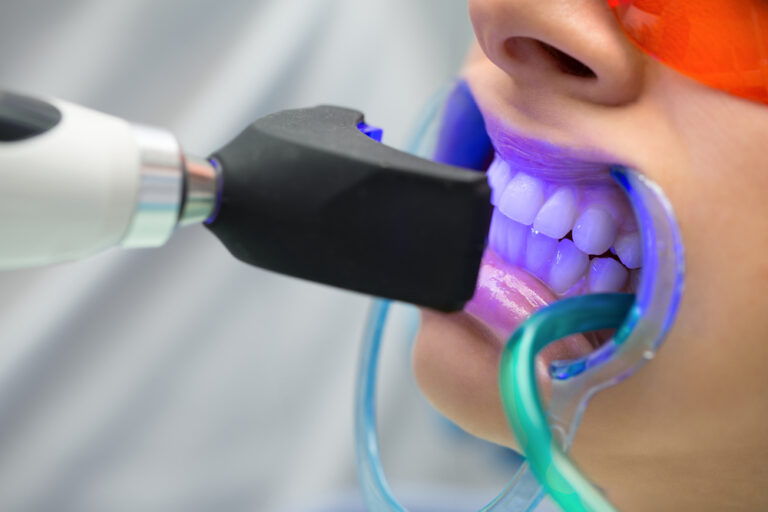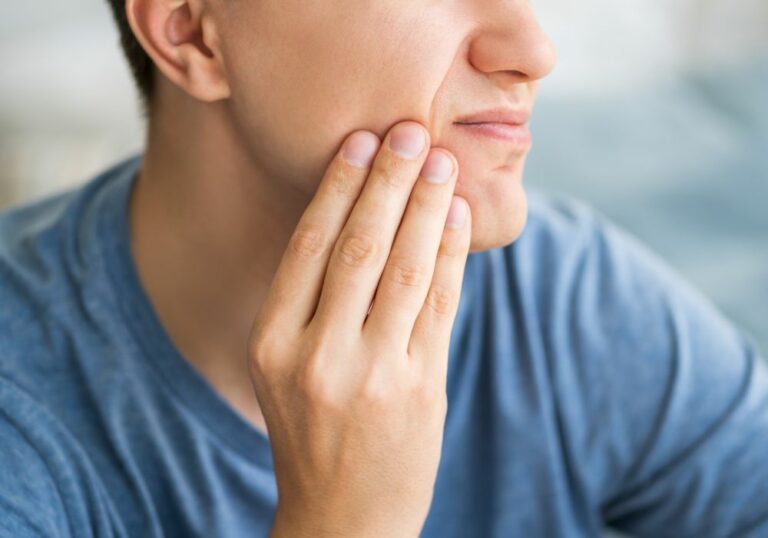Dogs use their teeth for many essential functions like chewing food, grooming, playing, and self-defense. So it’s natural for dog owners to wonder if losing some or all of their teeth inevitably leads to a diminished quality of life. The answer is not straightforward, as studies show dogs can adapt well to tooth loss if care is taken to support their health in key ways. This article explores what long-term effects tooth loss has on dogs and how owners can optimize their pet’s wellbeing when dental disease occurs.
How Do Dogs Use Their Teeth?
Dogs have evolved as hunters and scavengers with teeth adapted for grabbing, tearing, chewing and crunching all kinds of food. Their precise dental formula is:
- Incisors – 6 upper and 6 lower small, chisel-shaped front teeth used for delicate biting and grooming.
- Canines – 2 upper and 2 lower long, pointed teeth used for gripping, tearing and puncturing.
- Premolars – 4 upper and 4 lower broad, unevenly surfaced teeth used for tearing, crushing and grinding.
- Molars – 2 upper and 3 lower flattened teeth used for chewing and crushing.
This gives dogs a total of 42 permanent teeth as adults. Puppies have 28 baby teeth that fall out as adult teeth emerge. Dogs use their varied specialized teeth along with their strong jaws and chewing muscles to bite, shear, crush and grind all types of food. They also rely on their teeth for grooming, play behavior, carrying objects, and defending themselves if needed. So tooth loss could theoretically impact all these essential functions.
What Causes Tooth Loss in Dogs?
The most common cause of tooth loss in dogs is advanced periodontal disease. Plaque and tartar buildup leads to inflammation and infection of the tissues surrounding the teeth. This causes progressive loosening and eventual tooth loss if the disease is left untreated.
Other causes include:
- Tooth fractures – from trauma like bites or blows to the mouth.
- Congenital abnormalities – missing or malformed teeth present from birth.
- Cavities – holes and decay caused by diet, genetics or enamel deficiencies.
- Gum recession – exposure of tooth roots to disease and decay.
- Cancer – tumors of the mouth, jaws or surrounding tissues.
- Other diseases – Kidney, liver or hormonal disorders can negatively impact oral health.
Tooth loss is often progressive. It frequently starts with one or two teeth, but eventually multiple or all teeth may require extraction if the underlying disease is not addressed.
Effects of Tooth Loss on Dogs
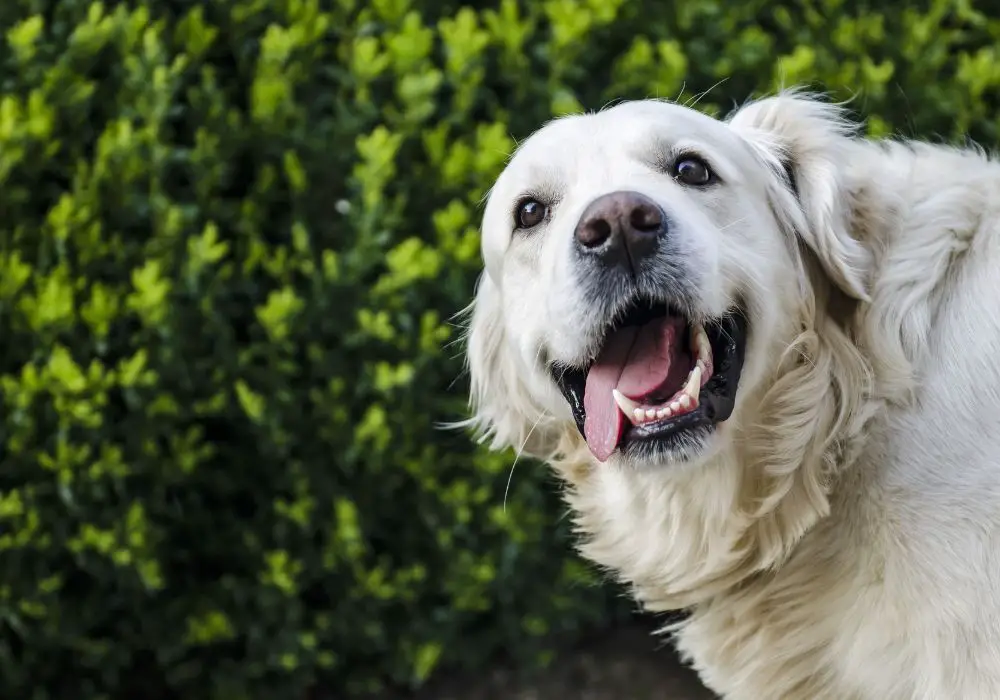
Studies indicate dogs can adapt surprisingly well to life without teeth provided their overall health is supported. The extent of problems depends on how many teeth are lost, how rapidly tooth loss occurs, the dog’s age and any other medical issues present. Here are some potential effects:
- Chewing difficulties – Loss of premolar and molar teeth impairs chewing capacity. Dogs may struggle with hard foods or large chunks that require extensive chewing.
- Dietary changes – Dogs often prefer wet, canned or soaked kibble after extractions. Owners may need to mash or blend food for easier eating.
- Weight loss – Difficulty chewing and altered diets can sometimes cause calorie deficit and weight loss. Monitoring dog’s body condition is important.
- Foreign object chewing – Reduced chewing satisfaction may lead some dogs to chew on or ingest inedible objects. Care is needed to avoid gastrointestinal obstruction.
- Self-grooming impairment – Incisors and canines help dogs groom themselves. Coat care may decline with tooth loss.
- Pain – Lingering pain from advanced dental disease can remain even after extractions if disease in jawbones and gums persists.
- Behavior changes – Dental pain and altered eating habits can negatively impact mood and behavior. Dogs may become irritable, reclusive or depressed.
- Social issues – Dog’s may avoid playing with toys or interacting with people or other pets due to mouth discomfort.
- Speaking difficulty – Loss of incisors impairs a dog’s ability to “speak” and enunciate certain sounds.
- Tongue dryness – Without teeth to hold lips closed, some dogs develop chronically dry tongues from air exposure.
Do Dogs Need Their Teeth to Live a Healthy Life?
While tooth loss creates definite challenges for dogs, having a full set of pearly whites is not essential for a healthy, happy life provided dogs receive proper care in the following areas:
Diet
The biggest priority is feeding dogs a balanced diet they can easily eat and digest despite missing teeth. Wet food soaked kibble or homemade blended diets are often the best options. Avoid large chunks of meat or hard treats. Monitor weight and body condition. Consult a veterinarian about prescription diet options if needed for dental or other health conditions. With some adaptations, dogs can obtain good nutrition without teeth.
Oral Health
After extractions, regular inspection of gums and mouth tissues is necessary to ensure remaining tooth roots or diseased jawbones do not cause ongoing infection and pain. Further tooth removal may be needed. Antibiotics, anti-inflammatory drugs and medications to stimulate healing may be prescribed short-term.
Pain Control
Ensure adequate pain relief with dog-safe NSAID or opioid medications if needed before and after dental procedures or if chronic pain from advanced periodontal disease persists. Keeping dogs comfortable is essential.
Behavior and Enrichment
Make dietary changes gradually, hand feed for bonding, offer praise and massage for sore mouths, and provide soft toys to maintain enrichment. Monitor mood and behavior closely, and speak with your veterinarian if changes persist. Maintaining mental and physical stimulation is vital for quality of life.
Oral Hygiene
Gently clean gums and remaining teeth with a soft toothbrush and dog toothpaste daily if possible. This reduces bacteria and plaque and keeps mouth tissues healthier in the absence of abrasive chewing. Regular professional cleanings under anesthesia are also beneficial.
Exercise
Ensure dogs maintain sufficient activity levels for fitness and mental engagement despite mouth discomfort that may discourage play or interaction. Adapt exercise and games as needed to avoid mouth pain.
Checkups
Regular veterinary checkups to assess overall health and body condition are very beneficial. Report any appetite, weight, behavior or activity changes. Prompt intervention for emerging issues helps prevent rapid deterioration that could otherwise occur from cascading health effects. Monitoring is key.
While most aspects of life are more difficult without teeth, thousands of dogs enjoy good health and quality of life thanks to supportive care from their owners and veterinarians. With patience and persistence, dogs can adapt and thrive despite tooth loss. The basics like nutrition, pain control, veterinary care and TLC go a long way.
Key Factors for Healthy Living Without Teeth
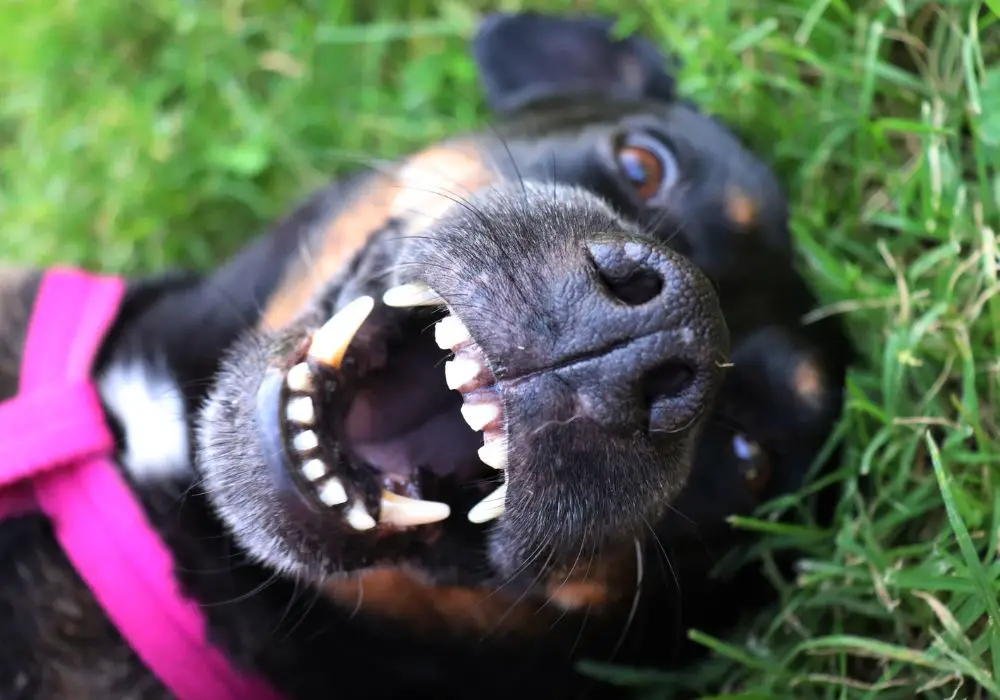
The likelihood of dogs leading an active, comfortable life without teeth greatly improves when the following factors are present:
- Gradual tooth loss – Gradual extractions spaced apart give dogs more time to adjust chewing and eating habits.
- Young age – Younger dogs adapt their chewing more easily than older dogs.
- Moist diet – Canned food or soaked kibble is easier to eat than dry food. Adding broth or gravy boosts palatability.
- No other illness – Dogs with only dental issues do better than those with multiple health problems.
- Non-aggressive chewers – Dogs who gently accept food adapt better than those who aggressively chew and gulp food.
- Attentive owners – Dogs do best when owners closely monitor weight, comfort level, behavior changes, etc.
- Excellent veterinary and home care – Ongoing dental, medical and supportive home care improves outcomes.
- Patience and persistence – Helping dogs transition through challenges of tooth loss takes time and dedication.
While euthanasia is sometimes elected for geriatric dogs with severe medical issues beyond just dental disease, tooth loss alone should not necessitate this decision. Thousands of dogs enjoy their golden years without teeth when properly supported.
Life Stages and Tooth Loss Effects
The impacts of tooth loss vary somewhat between dogs of different ages and life stages:
Puppyhood
- Puppies have good regenerative healing abilities for extraction sites
- Rapid tooth replacement from incoming adult teeth minimizes chewing impairment
- Training puppies initially with softer foods eases eventual transition if tooth loss occurs later
- Fewer years of potential tooth and gum damage from disease
Adulthood
- Health generally robust enough to recover well from extractions
- Chewing capacity more crucial for maintaining muscle tone and activity
- May have many years left of life to adapt to tooth loss
- More entrenched food preferences and eating habits challenged by tooth loss
Senior Years
- Reduced bone and gum healing and regeneration capacity
- Possible presence of multiple medical issues besides dental disease
- Potentially reduced ability or willingness to adapt due to mental decline
- Chewing less vigorously so may cope relatively well with softer foods
- Concurrent disease increases risks of anesthesia and recovery complications
Working Dogs
- Highly active dogs have increased calorie needs that require adequate nutrition without teeth
- High mental and physical demands make pain management very important
- Job training reinforced with rewards that accommodate tooth loss
- Dedication to maintaining fitness and performance aids overall wellbeing
- May retire early from working role if tooth loss is too impairing
Tooth loss effects should be evaluated individually based on the dog’s total health status and care regimen. Generalizations about prognosis based only on age or life stage may not apply to each case.
Supportive Care Options
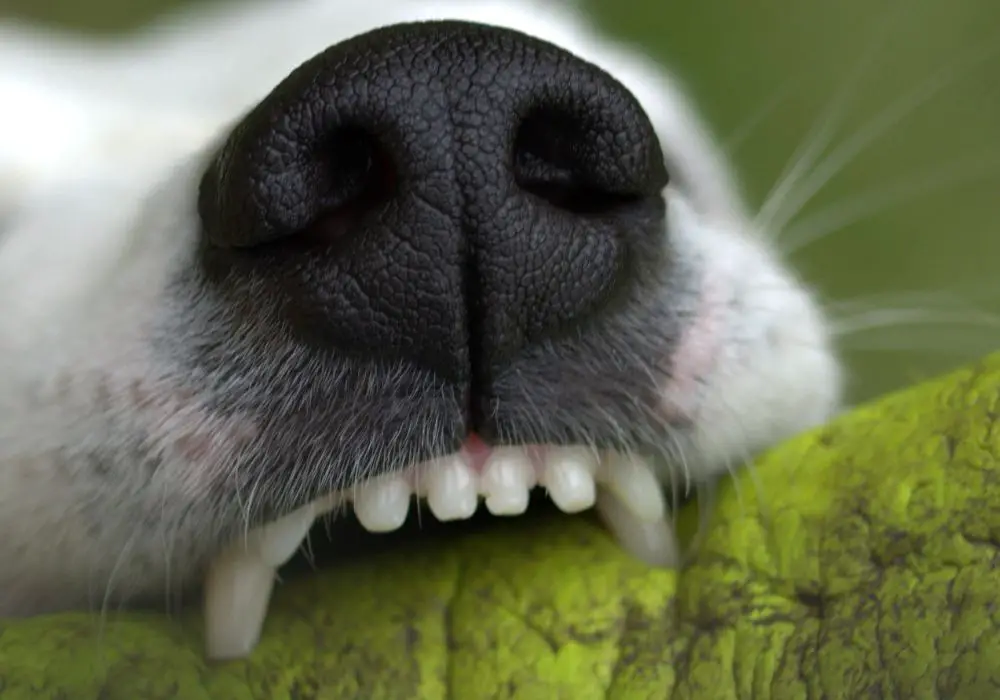
Caring for dogs without teeth requires patience and commitment from owners. Here are some tips and strategies:
Diet
- Switch to canned or fresh cooked food – Add broth gravy or warm water to soften kibble
- Hand feed for bonding – Allows monitoring how much food is consumed
- Mash, mince or blend food into gruel-like consistency if chewing impaired
- Avoid large chunks -Slice, dice or shred meat and veggies into small pieces
- Monitor weight and body condition – Increase calories if needed to maintain optimal weight
- Provide water fountain – Makes drinking easier if tongue constantly hangs out
- Offer ice treats – Provides mental stimulation and hydration
Oral Health
- Gently brush gums and remaining teeth – Helps reduce bacteria and plaque buildup
- Apply pet-safe antiseptic gel – Chlorhexidine gel soothes inflamed gum tissue
- Schedule regular vet dental cleanings – Tartar removal under anesthesia as needed
- Inspect mouth routinely – Check for object lodging, bone spurs, abnormal growths
Pain Relief
- Administer NSAID and opioid medications – Follow veterinarian directions carefully
- Soft bedding and warmth – Provides comfortable rest for sore jaws
- Massage sore facial muscles – Helps relax muscles strained from chewing changes
- Adapt play to avoid mouth pain – Avoid tug toys and rough play that may hit mouth
Behavior and Exercise
- Hand feed for bonding time – Encourage eating and provides mental stimulation
- Try non-chew toys – Tease play drive with flirt poles, treat balls and fetch
- Take short, frequent walks – Prevents fatigue from reduced exercise
- Brush and massage dog often – Maintains coat and bonding when self-grooming reduced
- Rotate novel experiences – New sights, sounds and smells stimulate dog mentally
Veterinary Care
- Professional dental cleanings – Regular tartar removal under anesthesia as needed
- Pain medication – Ensure adequate relief with appropriate dog-safe drugs
- Follow up appointments – Frequently reassess mouth pain and healing progress
- Lab work – Monitor overall health and nutritional status with blood tests
- Imaging – X-rays and bone scans check for hidden mouth disease and infection
- Referrals – Veterinary specialists can provide advanced options beyond routine care
With attentive supportive care in all aspects of dogs’ lives, it is very possible for them to live happily without teeth. Prioritizing their comfort and adapting as needed provides the best outcomes.
Frequently Asked Questions
How long can dogs live without teeth?
Most dogs can live a normal lifespan without teeth provided their overall health is stable and they receive supportive care around pain management, diet adaptations and veterinary monitoring. Enrichment and bonding are also very helpful for quality of life. With proper care, dogs have lived 15 years or longer without teeth.
Do dogs need teeth for defense?
Dogs can learn to defend themselves without teeth through aggressive barking, lunging or swatting with paws. However, removing biting as a defensive option does increase their vulnerability. Caution should be taken not to expose dogs unnecessarily to situations requiring heavy self-defense.
Is dry kibble okay for dogs without teeth?
Dry kibble is often too hard and fibrous for comfortable eating once dogs have lost multiple teeth or all teeth. It may need to be soaked in warm water or broth until mushy. Canned food or lightly cooked meat and grains are easier for toothless dogs to eat.
Do dogs’ tongues stick out due to tooth loss?
It’s common for dogs’ tongues to hang out more once they’ve lost multiple teeth or all their teeth. Without canines to hold lips closed, the tongue gravitates outward. This is harmless in itself as long as owners keep the tongue moisturized.
Can old dogs adapt to soft food if they’ve always had kibble?
Yes, with patience and coaxing dogs can generally adapt to softer food even after a lifetime on kibble. Transition by blendingincreasing amounts of canned or soaked kibble into their normal dry food. Offer praise and encouragement with each step until eating well.
Conclusion
Tooth loss presents definite challenges for dogs and owners alike. Maintaining a dog’s health and quality of life without teeth requires thoughtful dietary modifications, pain control, home nursing care and veterinary oversight. But with dedicated care centered on comfort, dogs can enjoy their golden years regardless of how many teeth they have left. Prioritizing their wellbeing leads to the best outcomes as they adjust to life without teeth.

